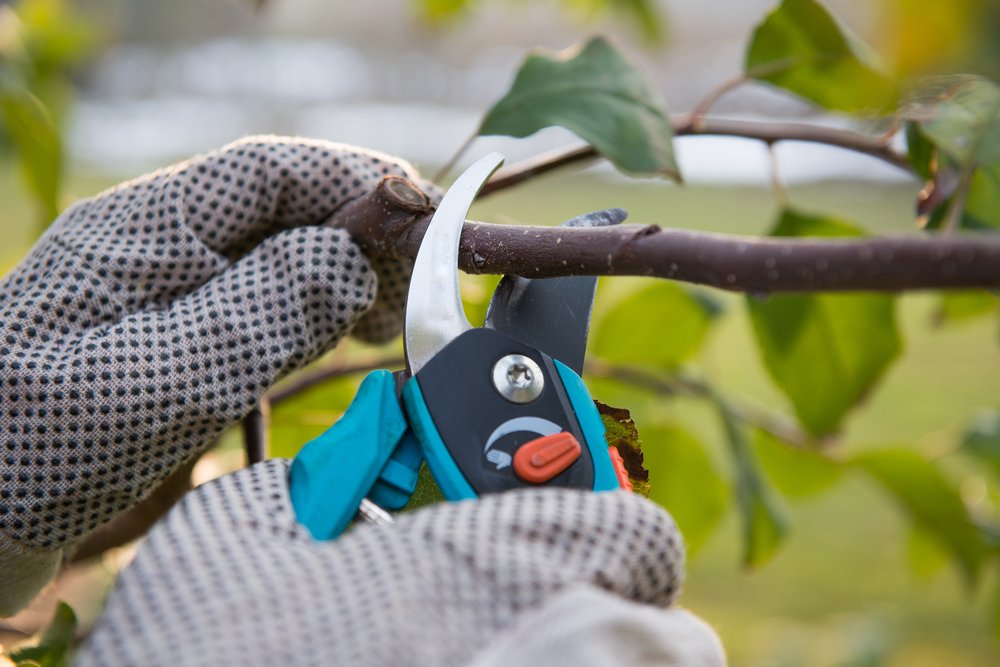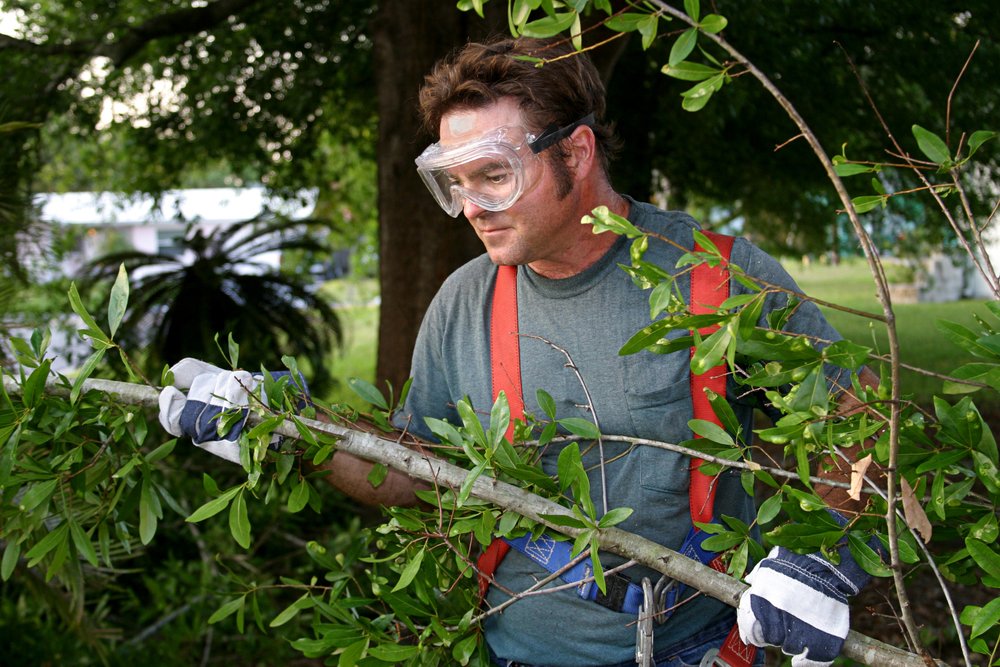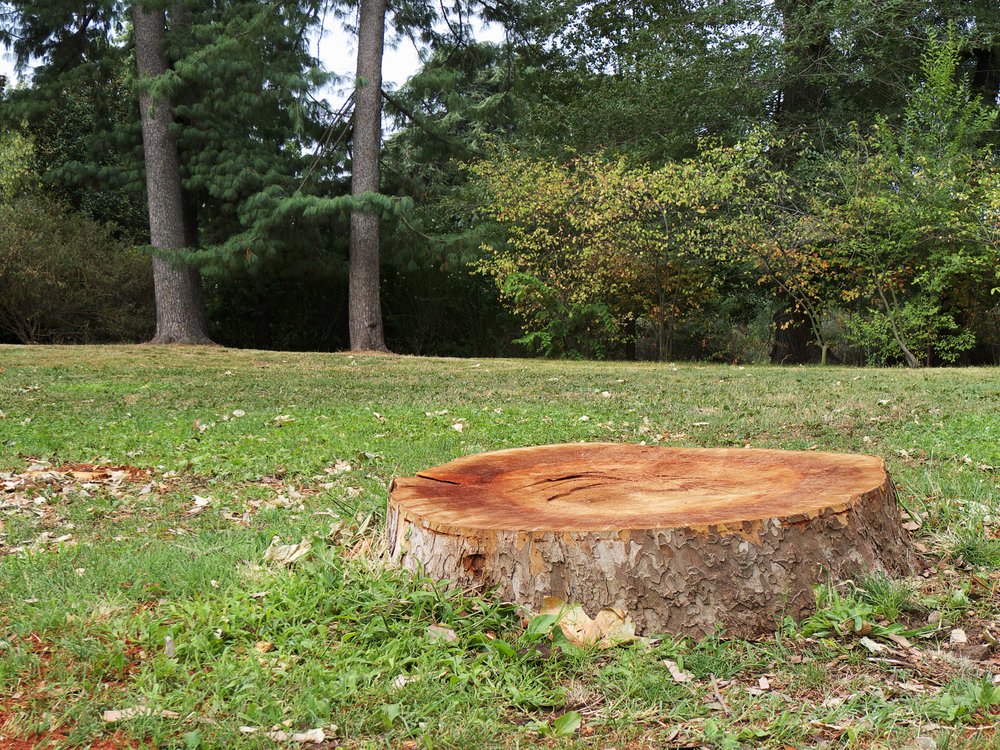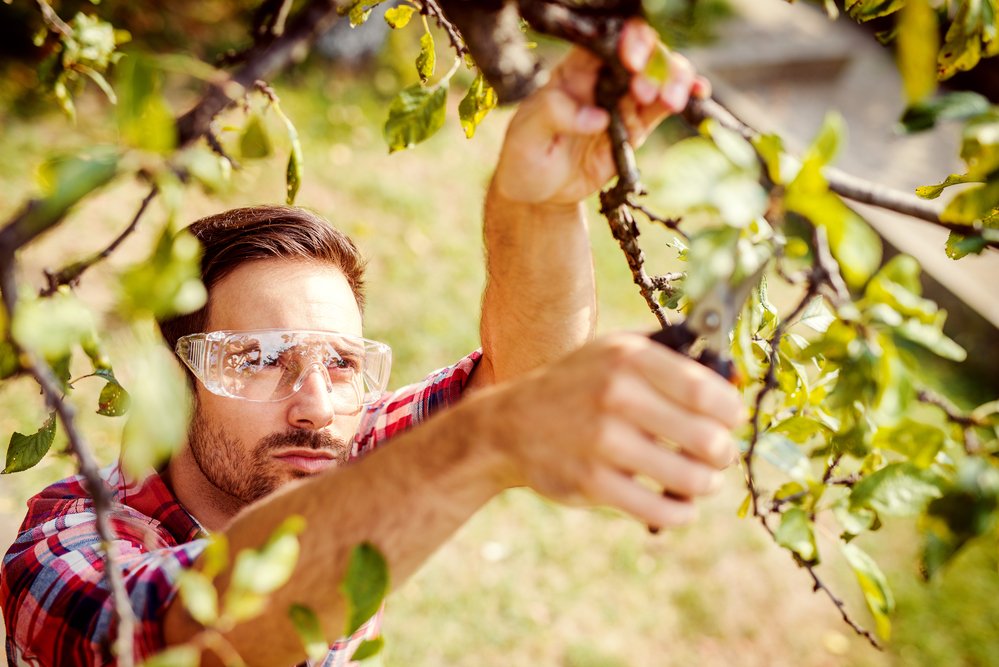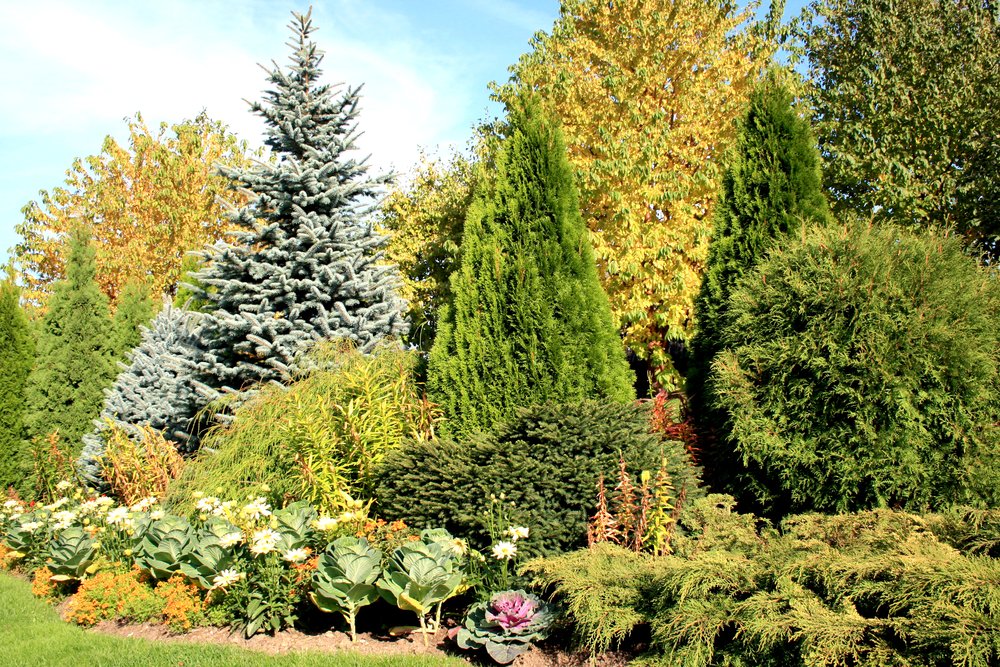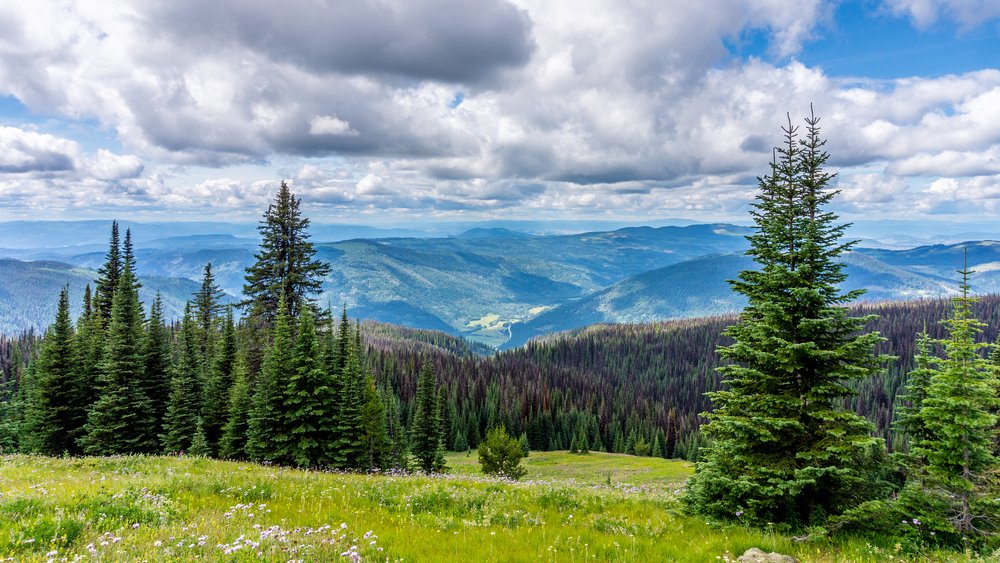Tree trimming and pruning are both crucial to the health and beauty of your trees. Although the terms are often used interchangeably, these services are not the same.
What’s the difference between tree trimming and tree pruning?
What Is Tree Trimming?
The process of tree trimming is focused primarily on aesthetics. We do this task to maintain a tree’s desired shape and appearance.
Left alone, trees can become unwieldy, with branches growing in various directions. This uneven growth can leave your trees looking scraggly, unbalanced or misshapen. Overgrowth can also have an impact on the health of the tree and any adjoining plants. Extra branches can prevent them from getting the moisture, nutrients and light they need to thrive.
Trimming mostly involves thinning out overgrown branches, which helps create shapely growth.
What Is Tree Pruning?
Tree pruning also helps to enhance a tree’s shape and beauty, but the task is primarily focused on its future health.
Pruning helps protect against pests and diseases, and promotes strong growth. It primarily involves removing dead, diseased and loose branches that prevent the trees from flourishing. We also remove any growth that interferes with other parts of the plant, such as branches that cross over one another.
Arborists have the training and experience essential for proper tree pruning. It can be difficult or impossible for an untrained person to determine which branches should be removed to achieve healthier trees.
Correct pruning can boost flower production and optimize fruit yields. However, if this task is performed incorrectly, the plant’s growth may be stunted. In some cases, excess pruning can encourage pests and disease or even lead to the death of the plant.
How Often Should You Trim and Prune Trees?
How often you need to trim primarily depends upon appearance and personal preference. When trees are looking too large or awkward, they probably need a trim. Trimming is typically done only once or twice per year.
Pruning is done strategically, at specific times of the year, but the exact timing depends upon the plant species. Spring-flowering trees are usually pruned after the blooming cycle, toward the middle of summer. For summer-flowering and fruit trees, pruning is typically done during the winter or spring.
Would you like to know more about trimming and pruning? A professional arborist can easily handle these tasks for you. And by working with a certified arborist, you’ll be giving your trees the best possible care to ensure that they’ll continue to grow strong and beautiful.
The professionals at Reliable Tree Care, serving customers throughout northern Utah, have the skills and experience to keep your trees healthy all year long. To schedule a free comprehensive yard evaluation with one of our certified arborists, or to learn more about our tree trimming and pruning services, contact our Murray office today.

